The “L” In LGBT, And Why Order Matters
The LGBTQ+ acronym is the most common term used to refer to the community based around sexuality and gender minorities. The acronym has also changed and evolved through the years, adding various letters (such as the Q for queer and the A for asexuality) as new identities started being acknowledged. The order was also changed from its original fluctuating, GLBT or LGBT, state to the set LGBTQ term we know today.
The “L” in LGBTQ stands for lesbians. The “L” comes first in the acronym for a reason. In the starting stage of the gay rights movement, gay men were largely the ones running the show. There was a focus on men’s issues and lesbians (as well as trans people of both genders) were largely unrecognized, hence the common GLBT acronym.
The LGBT community despite being inherently inclusive, has always had pockets of sexism. From the fact that there has always been a lack of spaces catered to lesbians when compared to gay men. Gay bars are common spots in big cities, however lesbians are consistently not included in these spaces. There is a large amount of harassment that occurs in these bars. And this is not made up for with lesbian spaces. There are very few “lesbian bars.”
Lesbians are also historically underrepresented in media (though trans people probably have it even worse) when compared to gay men. Although the representation of gay men is often horribly stereotypical, lesbians, especially in the decades before this one, have hardly been represented at all. Where comical gay men, as poor as the representation may be, were fairly common in the 90s and the 2000s, lesbians aside from the occasional gal pals and Ellen, were few and far between and were never main characters.
The push to change the order came with the surge of feminist ideas that sprouted in the 80s and 90s. The AIDS crisis also factored into the “gay/lesbian solidarity” that led to lesbians being more recognized in the community. While a huge portion of gay men were suffering from AIDS, the lesbian community was largely uneffected. Lesbians were the ones helping gay men with medical care. They were also a massive part of the activism surrounding the gay community and AIDS at the time. This was a show of lesbians’ willingness to support gay men in their time of need and sparked a closer, more supportive relationship between both groups.
The increased solidarity between the two groups led to a rise in feminism in both lesbians and gay men. With both the men and women of the community being far more receptive to feminist ideas, the push to have the “L” come first went relatively smoothly.
The lesbian community through their struggles and important role in the community, have more than earned their spot as the first letter in LGBTQ. So when people refer to the community in other orders, such as GLBT, they are unintentionally ignoring the struggles and importance of lesbians in the community.
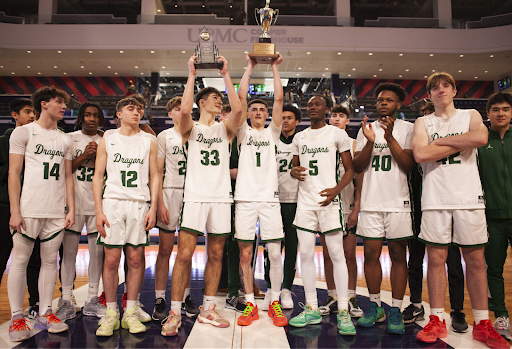








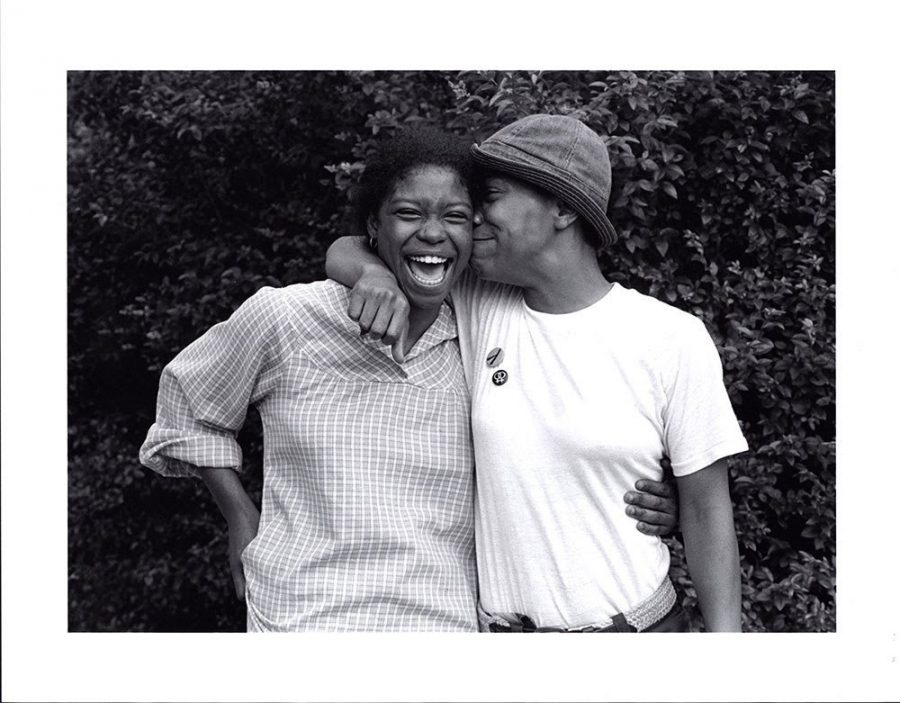



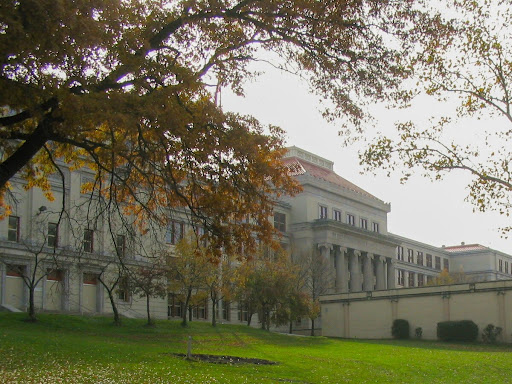
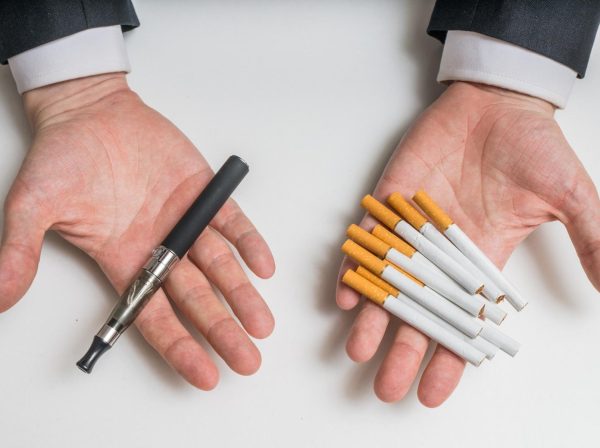

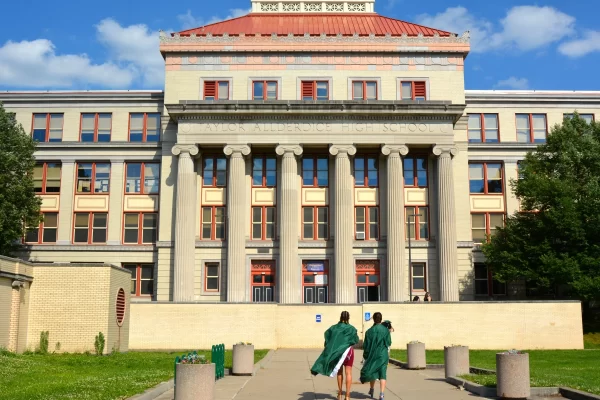


Ryn • Dec 18, 2021 at 1:25 am
It’s not a competition about who “suffered more” or “deserves to be said first”. Completely childish. “LGBT” is just an acronym that has become natural to say. Swapping the order is like saying “Tok tik” or “patter pitter”.
ash • Nov 24, 2021 at 1:02 pm
chill what did the lesbians do to you? honestly i thought they were at front mainly because of how they volunteered being nurses while HIV was so bad in the 80s…
Molly • Jul 30, 2021 at 2:34 am
It’s a great history and interesting to learn how/why glbt became lgbt but the idea that Lesbians struggles the most and therefore deserve to be at the front is ignoring the struggles and invisibility of Trans, non-binary, intersex, (and others) in our community. If the acronym can can be as we’ve seen, it should continue to evolve.
Tim • Jun 9, 2021 at 9:41 am
I have to agree that this logic seems unlikely and somewhat flawed. In the UK, section 61 of the Offences Against the Person Act 1861 removed the death penalty for homosexuality, male homosexual acts remained illegal and were punishable by imprisonment. The Labouchere Amendment, section 11 of the Criminal Law Amendment Act 1885, extended the laws regarding homosexuality to include any kind of sexual activity between males. There was also an option an one point – chemical castration. Conversely, lesbians were never acknowledged or targeted by legislation in the UK.
NOIMGOOD • Nov 11, 2020 at 10:26 am
Trans people have always been involved in struggles for the adoption of feminism and have fought police brutality and AIDS complacency.
By your logic, having them fourth un/intentionally ignores their struggles.